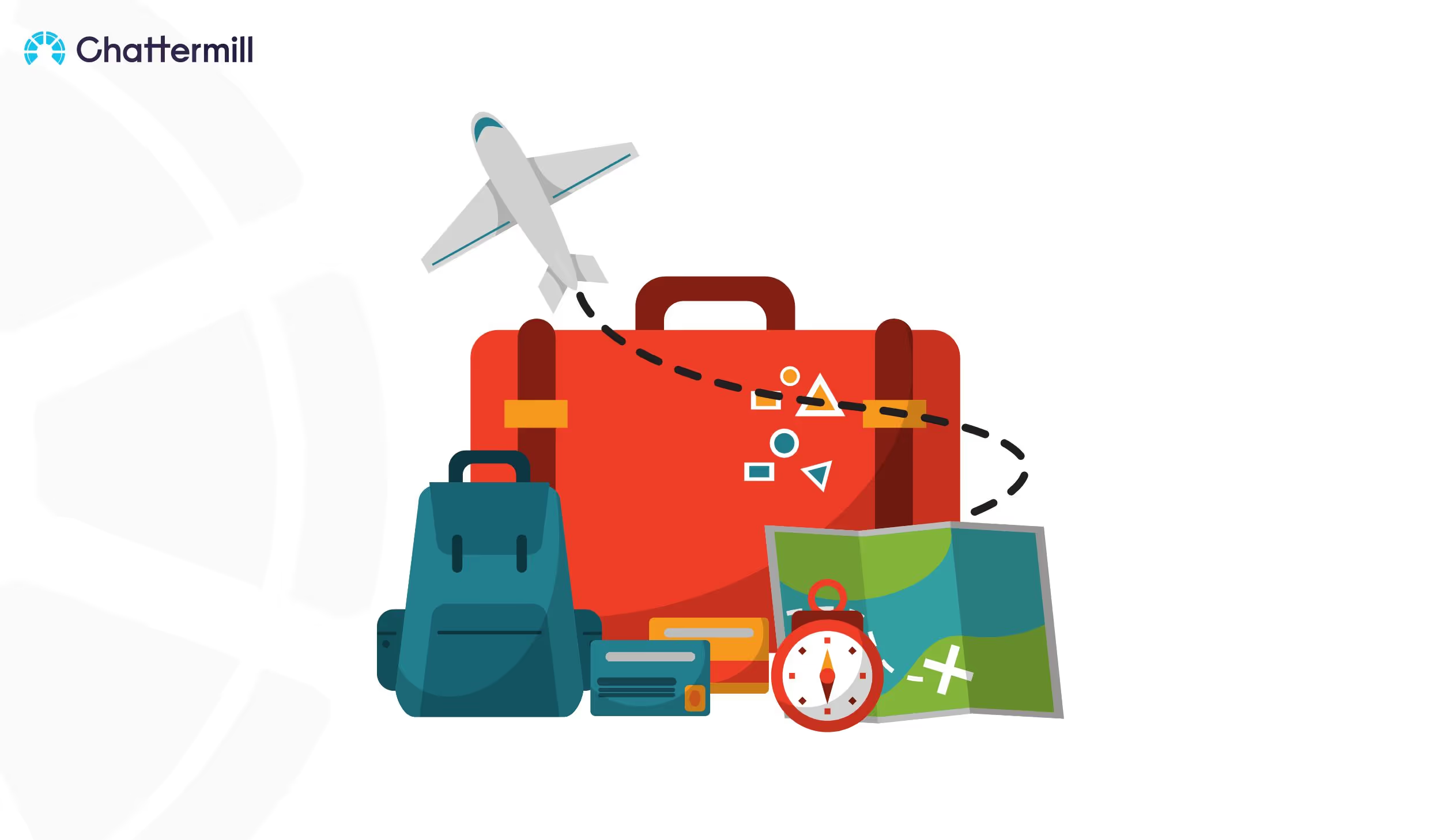Is there an industry more obsessed with review scores than travel and hospitality? Possibly, but we’d be hard-pressed to think of one. All things considered, who can blame them? Academic research shows 96% of travelers use the internet as a source of information while planning a trip, and 90% refer to customer reviews to help them make travel decisions.
Travel is one of the most competitive industries to operate a business in. Review scores on sites like TripAdvisor and Trustpilot can make or break a travel company. You want your customers to come back. You want them to refer you to their friends and family, and you don’t want them to post a disappointing review.
Bad reviews in the travel, tourism, and hospitality industry are the kiss of death. A bad review will also drive potential customers away more effectively than in any other industry. Does anyone even pick a restaurant, book a tour, or make hotel reservations without checking customer experience reviews first?
McKinsey says travel companies should use data already at their fingertips to better understand customers. They believe measurement is the next frontier for operations who want to provide a better experience which, in turn, raises the NPS. The aim is to measure the majority of customers by leveraging internal and external data from multiple sources such as social media, review sites, and booking and mobile systems.
“Travel companies, with their legacy of strong emotional relationships with consumers, have much to gain from fostering excellent CX, aided by the power of modern digital systems to measure impact and predict behavior.”
What This Looks Like in Practice
Let’s briefly explore how Customer Experience Intelligence can be applied to travel use cases. Understanding the customer’s experience is the vital piece recommended by McKinsey because it helps you better understand customer behavior. It will help you anticipate what they want and need and help you optimize your product and service offering to meet their expectations.
So, let’s take a look at how the travel, tourism, and hospitality industry can gain competitive advantage from CX intelligence.
Here are the top six use cases for CXI in the travel industry.
1) Understand ratings and reviews
At the heart of every CX program is an inherent quest to understand what customers want and then figure out how to give it to them. For the travel industry, a good product or service offering can be interpreted entirely differently depending on who the customer is and what motivates them to travel. Those expectations are continually changing based on what you offer, what your competitors are doing, and a wider range of factors you may or may not be able to predict.
For example, one person can have a completely different set of expectations when traveling for business than when they travel for leisure. Good room service options can make all the difference for a business trip while people on vacation look forward to venturing out of their accommodation for meal experiences. By design, all travel experiences are not created equal, but a targeted customer experience can result in an equally outstanding customer satisfaction for any travel business.
That can only happen when you know your customers’ wants, needs, likes, and dislikes. One bad experience will make 17% of consumers walk away from a brand. For travel companies, having those dislikes surface in online reviews can be devastating to their bottom line.
But the reverse is also true. Good reviews can result in real financial gain. According to Harvard Business School, a one-star increase in a Yelp rating can lead to a 9% increase in revenue for a restaurant.
But here’s another problem, travel consumers are inundated with requests to take surveys. In a quest to find out what customers want, brands are wearing them down and wearing them out. That’s why it’s even more important to have tools that can help you synthesize all the data available without continually asking your customer for feedback.
You don’t have to be a savvy travel brand to figure out how vital it is to tap into what’s being said about you in online reviews – the good, the bad, and the ugly. Travel brands that do, have an unfair advantage over their competitors who haven’t figured out how to capitalize on the information readily available to them.
Chattermill can boost your CX initiatives using Lyra, our proprietary AI tool. Your CX team is able to analyze granular customer experience intelligence at volume and scale to ensure you’re delivering exactly what your customers want.
2) Increase average order value (AOV)
The travel industry, more than any other, is full of low-hanging fruit waiting to be plucked. Travelers purchase at several points beginning the moment they book, in the lead-up to the trip, and while they’re travelling. That gives travel companies an uncommon opportunity to increase their AOV.
According to Accenture, 84% of consumers will “treat themselves” with meaningful experiences. In addition, 71% plan to sustain or increase their spending on leisure travel in the next year. Customer experience intelligence allows you to tailor offers for those customers who are likely to spend more when encouraged.
Classic cross-selling opportunities like getting a rental car when you purchase an airline ticket, or reserving a table in the hotel restaurant on the night of arrival can increase the AOV of your best customers.
Just as important is knowing when a customer is likely to spend more for a purchase. Your customer experience intelligence can help you determine the emotional drivers of high spenders. As the trip draws nearer, travelers may be encouraged to upgrade from a single room to a suite, or decide they need to stretch out in a larger seat on their long-haul flight.
Chattermill allows you to mine web and app surveys to understand successful triggers to purchase additional products. Customer journey dashboards show what customers think and feel at different stages and where upsell or cross-sell offers could be most effective. Chattermill helps you identify what matters most to customers so you can deliver the ideal customer experience to them.

3) Build customer loyalty to increase repeat bookings
One sure way to increase bookings is by focusing on customer loyalty. No one, but no one, works a loyalty program harder than the airlines. According to Forbes, the value of airline frequent flyer programs is staggering.
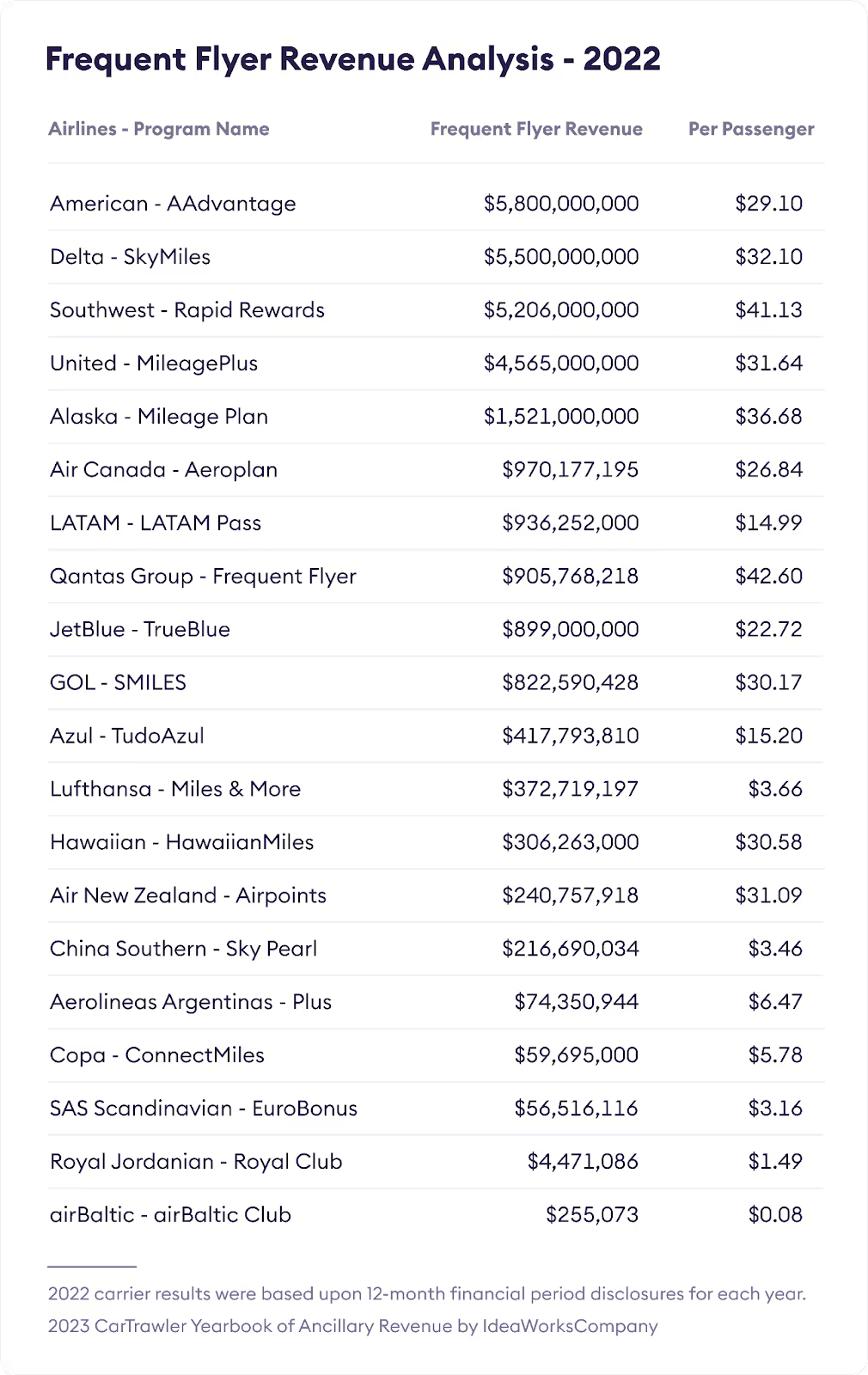
Airline loyalty programs are designed to reward existing customers using incentives. The reward to airlines is an incredible richness and depth of customer data they can continually monetize.
Unfortunately, the rest of the travel industry is lagging behind on an opportunity to leverage their loyalty programs into repeat bookings.
According to KPMG, loyalty programs are forecasted to grow across the leisure industry at 9.2% from 2023 to 2032. The problem is that hotel, tourism, and leisure operators are not harvesting their extensive pools of data to attract and reward their members. While 88% run loyalty programs, 40% do not perform regular analysis on their data.
To generate loyalty, travel companies need to do a better job extrapolating the information they have and combining it with customer sentiment from a range of feedback sources. TUI discovered the biggest driver of loyalty was a customer’s previous experience with the company. The German leisure, travel, and tourism company has a dedicated CX team who focuses on increasing their NPS to aid their decision-making.
Chattermill can provide travel companies with a complete picture of their customer experience data, which helps identify gaps in loyalty. It gives insights from both internal and external data, which acts as a guide on how to improve the customer experience and boost NPS and other customer satisfaction metrics.

4) Improve Voice of the Customer (VoC) metrics
Are you confident your vendors are operating at peak performance? VoC metrics can be an excellent way to determine whether the travel businesses you rely on are at the top of their game.
The success of aggregators and integrators like Rentalcars.com, Airbnb, and WotIf hinges on the quality of their vendors. Understanding what people are saying about a tour operator, for example, or a guesthouse is essential to ensuring everyone on your platform is offering the best possible experience.
Chattermill customer GetYourGuide.com periodically analyzes the reviews for the vendors on their platform to understand what’s driving high and low scores. They can relay the insights to the vendor about why customers are marking them down or leaving unfavorable reviews. The vendors can use this information to improve their offering or risk having their agreement terminated.
GetYourGuide.com keeps a close eye on their own VoC metrics, like the NPS and CSAT, for good reason. Travel consumers are heavily influenced by online reviews, with as many as 95% of consumers saying they read reviews before making decisions about where to go, what to do, and where to eat. This research is often conducted before they make any decisions or spend any money at all.
Recent research shows online reviews trump any other factor for decision-making in the tourism economy:
- 80% of decisions are based on platform reviews
- 10% of decisions are based on platform-recommended content
- 5% of decisions are based on platform search content.
What makes monitoring customer experience data so difficult is how many places the information is located. Ratings and reviews can be left on websites, on social media, and in apps, to name a few. Considering the velocity with which consumers are posting reviews and ratings, keeping on top of customer sentiment can seem impossible.
When you integrate multiple data sources, new insights are revealed that were not previously available. While ratings are vital, free-form text comments often get overlooked. It’s not easy to collate high volumes of the information in a way that makes decisions easy. What people are saying in unstructured text comments is where a rich vein of customer gold is held for travel and hospitality companies who want to influence their NPS or CSAT.
Analyzing customer experience data
Chattermill helps you determine customer sentiment and track it over time so you can fine-tune your customer experience. For businesses with a large number of vendors or partners, it gives you a chance to keep your finger on the pulse of their reviews. This ensures your word of mouth (WoM) referrals continue to tick upwards and your reputation stays intact.
Using VoC tools enhances your travel company’s ability to use customer feedback in multiple ways to improve your business. Chattermill’s dashboard lets you visualise CX intelligence data to ensure you can quickly react and make data-driven decisions in response. Impact Analysis lets you quickly see what parts of your CX is working well and what needs more attention.
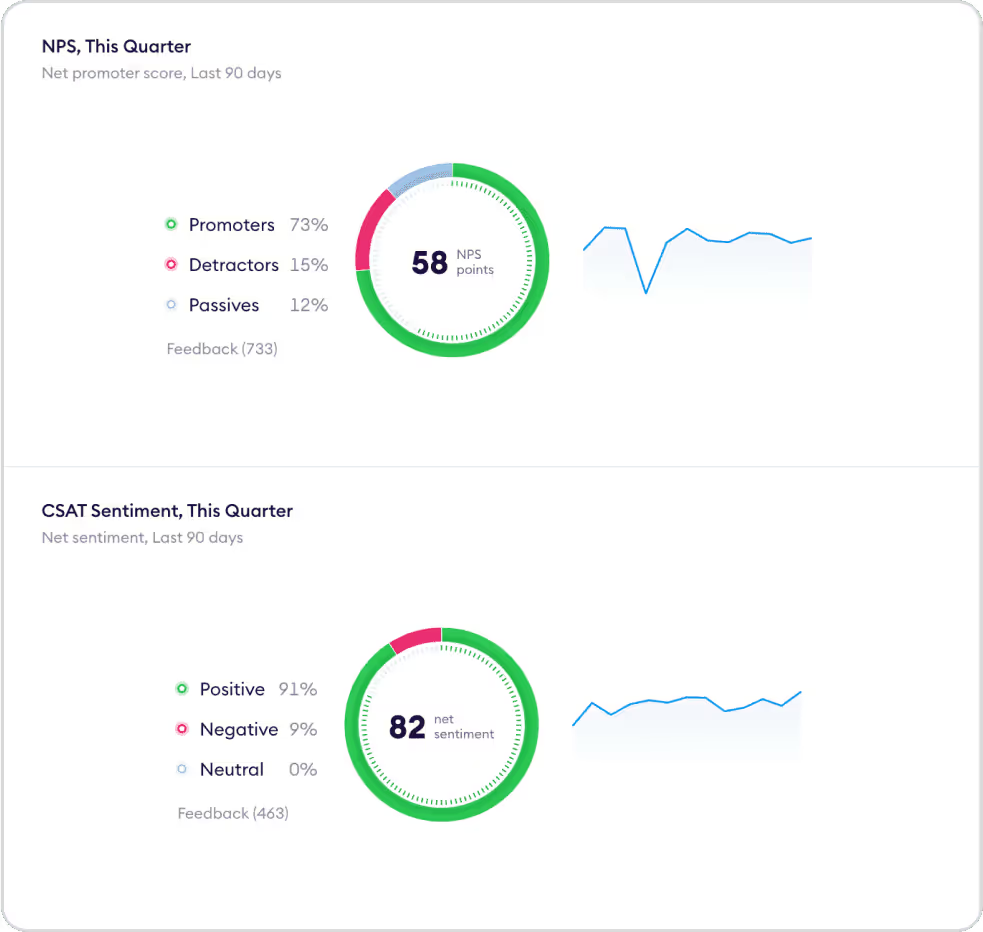
5) Reduce contact volume
Get customer service wrong and your travel company is sure to suffer. Regardless of the location, the price, the reputation of the business, or the reason for travel, people who experience poor customer service will reevaluate your business for future purchases. They’re not shy about complaining when they’re disappointed.
Research conducted in 2023 by Salesforce shows 80% of customers say the experience a company provides is as important as its products and services. When consumers are unhappy, it can have a direct impact on a company’s bottom line through negative word of mouth. Research in 2022 by CFI Group, Managing the Entire Customer Experience, shows less-satisfied customers are more likely to share details of their customer service experience on social media.
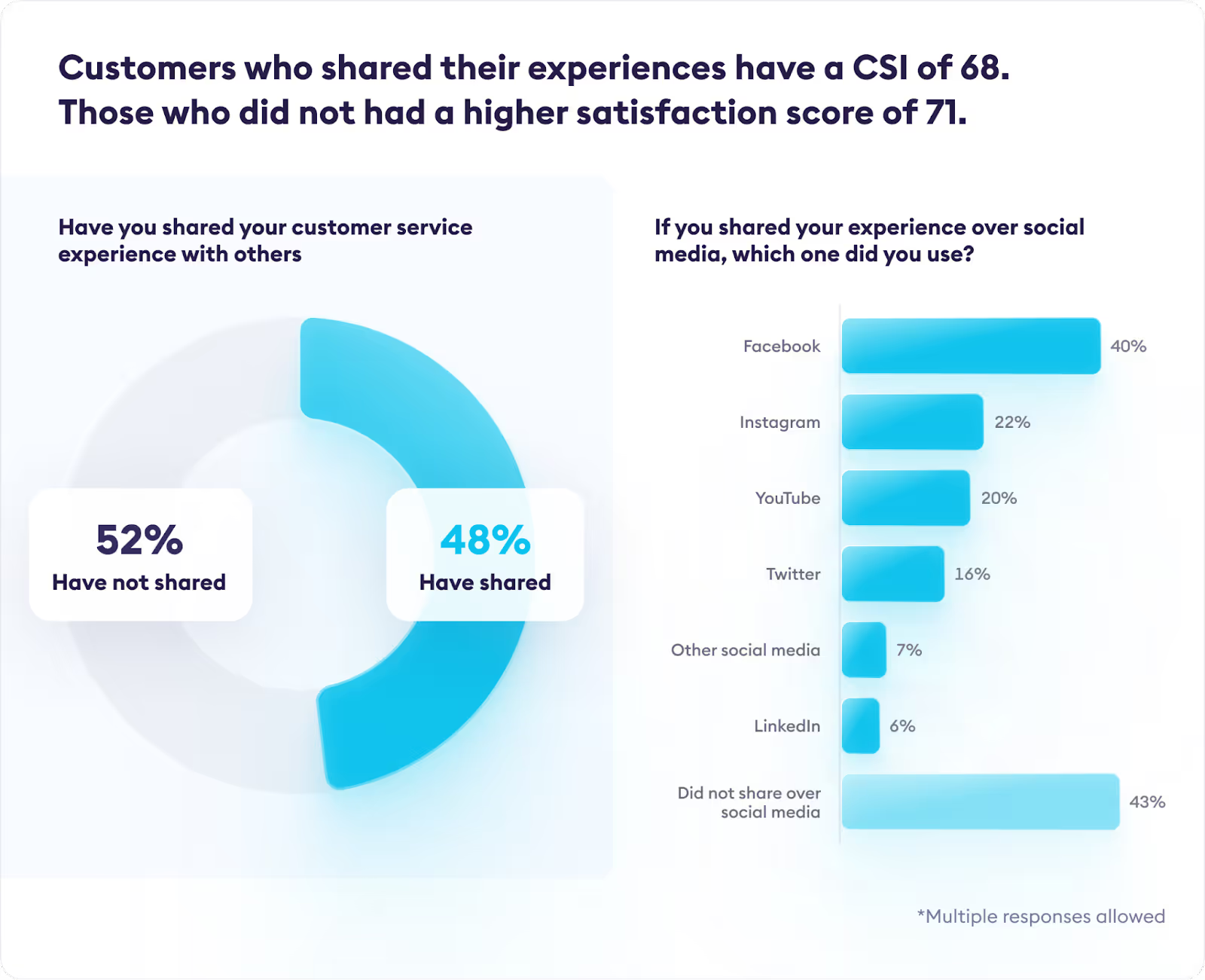
CX Intelligence gives travel companies transparency into specific reasons customers are unhappy. This involves analyzing raw customer service interactions and integrating them with post-interaction surveys and online reviews. Because Chattermill lets you discover problems almost as soon as they happen, you can take action immediately and continually drive down contact. It’s one way that Chattermill helps travel, tourism, and hospitality companies drive growth every single day.
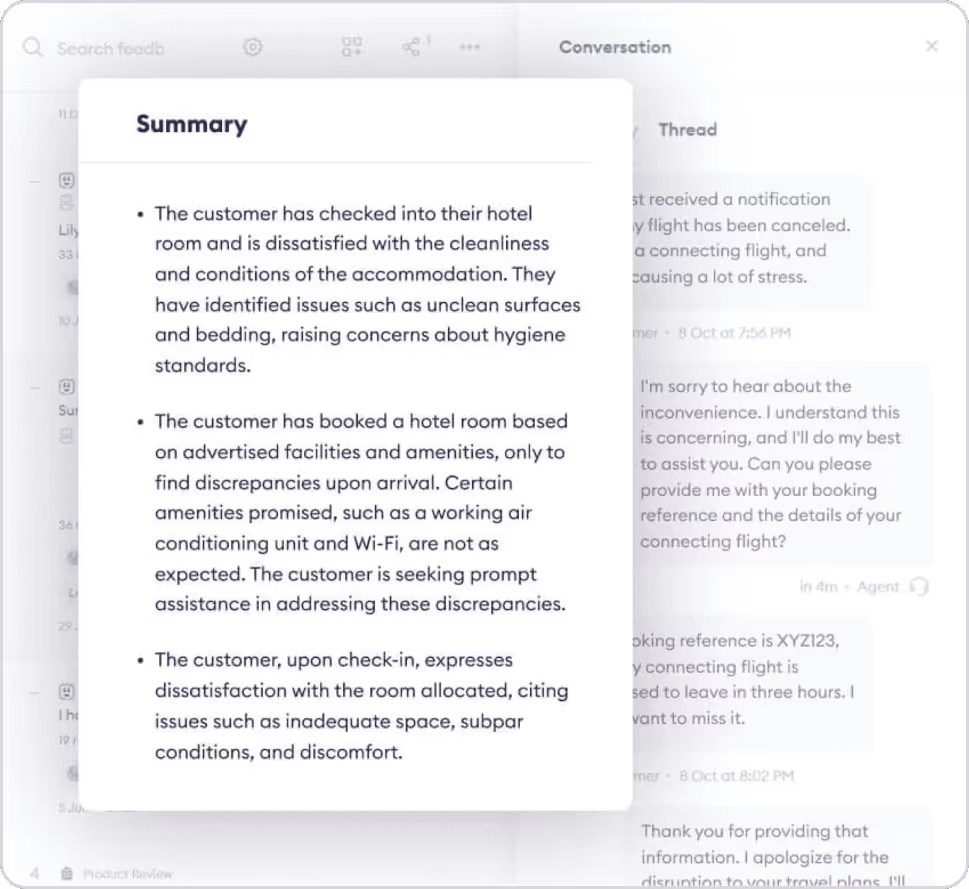
6) Get your pricing right
Luxury travelers and budget travelers might have different wants and needs, but they’re aligned in one key area – they expect value for money. Pricing is part of the customer experience that’s overlooked but it can be the first thing – and the last – that makes an impression on travelers.
Consumers are not that interested in whether a product or service is expensive or not. What they want to know is are they getting value for money. While they may initially feel like they got a great deal because of price, the truth comes out in the customer experience. It’s why luxury products will get reviews that say, to effect, a trip was “worth every penny” and budget operators who charge a fraction can get reviews where the customer is demanding a refund.
Take, for example, train travel. A Euro Pass can be your literal ticket to a great vacation because it gives you an opportunity to move safely and efficiently without incurring a lot of cost. A Belmond Train like the Venice Simplon-Orient-Express is also a ticket to a great holiday but in an entirely different way. Luxury travelers happily fork out several thousand euros to cover the same ground by rail. In both cases, the perceived value of the train journey exceeds the actual price. Customers leave rave reviews for both experiences.
Having precise information about how customers perceive value allows you to select a price point that maximizes profit. Budget airline Ryanair is a master at using customer experience data to architect a service offering that’s kept them ahead of their competitors for years.
Chattermill provides the kind of unified data needed to make accurate assessments about customer experience, the value your travel business provides to consumers, and the changes you can make to improve customer satisfaction without lowering prices. It puts your travel brand on the fast track to experience-led growth.
Are you ready to get started? Becoming a data-driven travel company is within reach. Let Chattermill show you how to convert your customer experience data into long-term customer loyalty and higher profits.
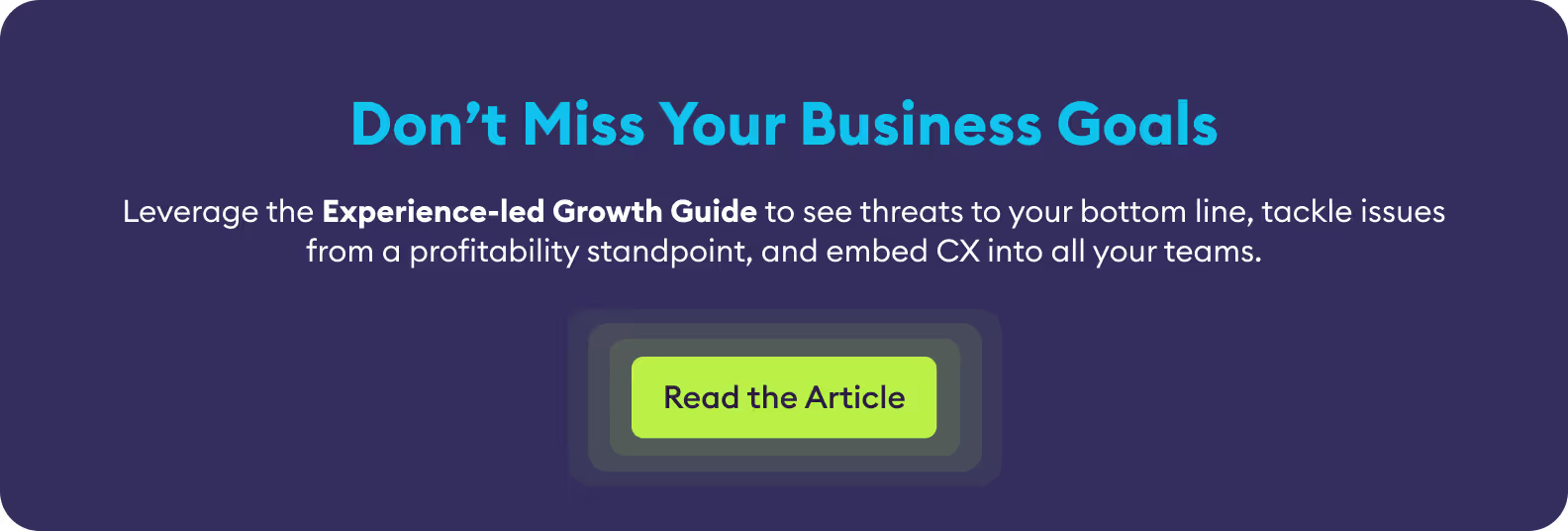
Customer Experience Intelligence in Travel: FAQs
What is customer experience intelligence in travel?
Customer experience intelligence in travel is the use of data, feedback, and analytics to understand how travelers perceive and interact with airlines, hotels, and tourism services. It helps providers deliver seamless, personalized journeys.
Why is customer experience intelligence important in travel?
It enables travel and hospitality businesses to identify pain points, improve service quality, and build loyalty. By acting on insights, brands can meet evolving traveler expectations and stand out in a competitive market.
What are the main use cases of customer experience intelligence in travel?
Key use cases include improving booking experiences, enhancing in-flight or in-stay services, optimizing customer support, personalizing offers, measuring satisfaction, and managing brand reputation.
How does customer feedback support travel experience intelligence?
Feedback highlights traveler frustrations and preferences across touchpoints such as booking, check-in, flights, or hotel stays. Analyzing this feedback helps companies take action to improve satisfaction.
What role does AI play in customer experience intelligence for travel?
AI processes large volumes of feedback, detects sentiment, and identifies themes across channels. This allows travel businesses to act quickly and improve experiences at scale.
How can travel brands personalize experiences using customer intelligence?
By analyzing traveler data and preferences, companies can tailor recommendations, special offers, and services—such as seat upgrades or personalized travel packages—to increase satisfaction.
Which travel sectors benefit most from customer experience intelligence?
Airlines, hotels, online travel agencies, and tour operators benefit greatly. Any travel business that relies on repeat customers and positive reviews can improve through customer experience intelligence.
How does customer experience intelligence affect loyalty in travel?
By consistently meeting expectations, reducing friction, and personalizing journeys, travel brands build stronger emotional connections that lead to repeat bookings and advocacy.


